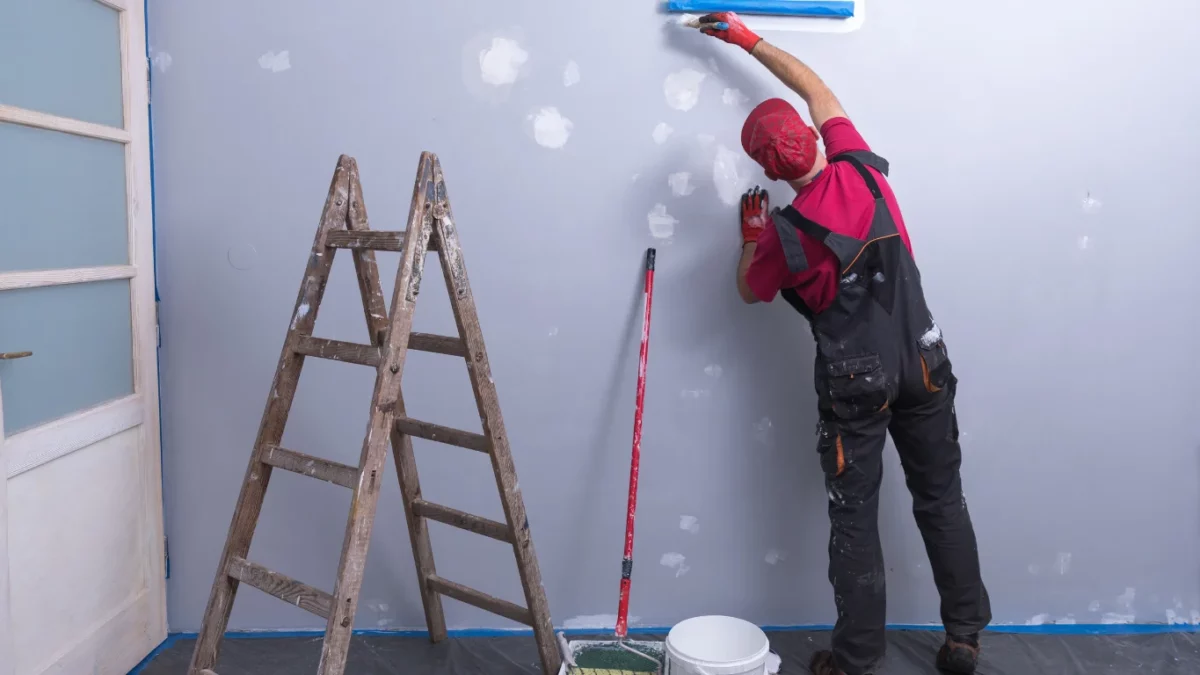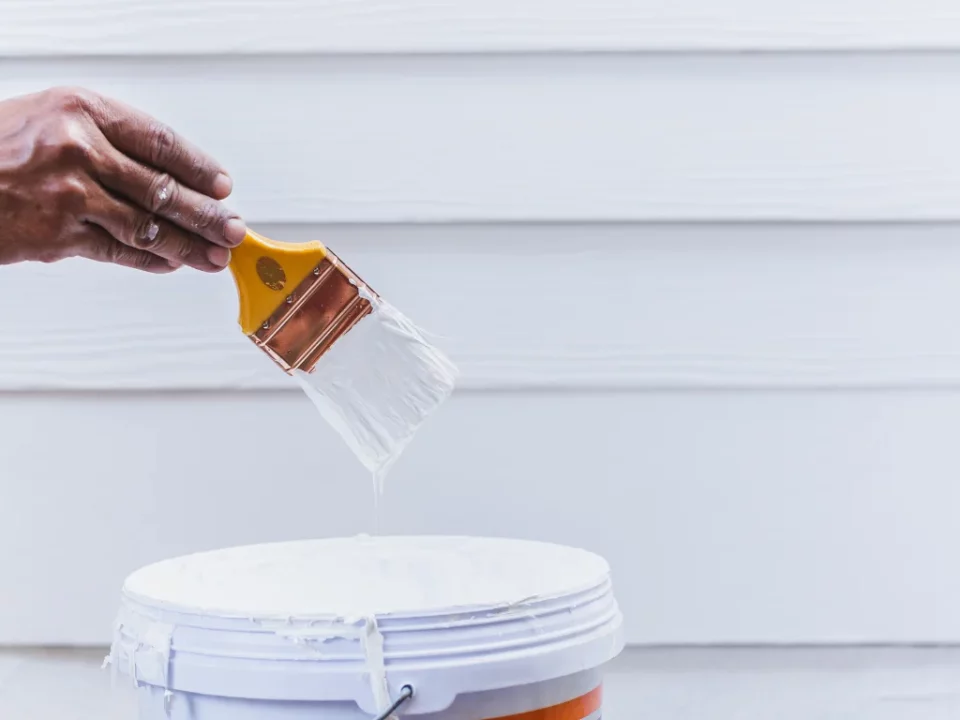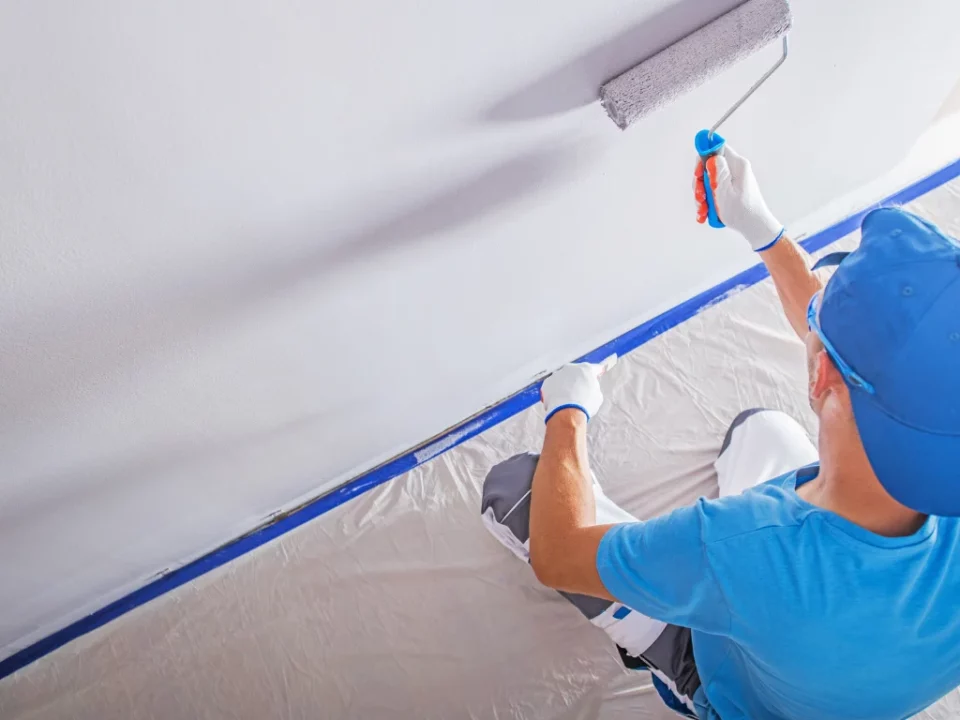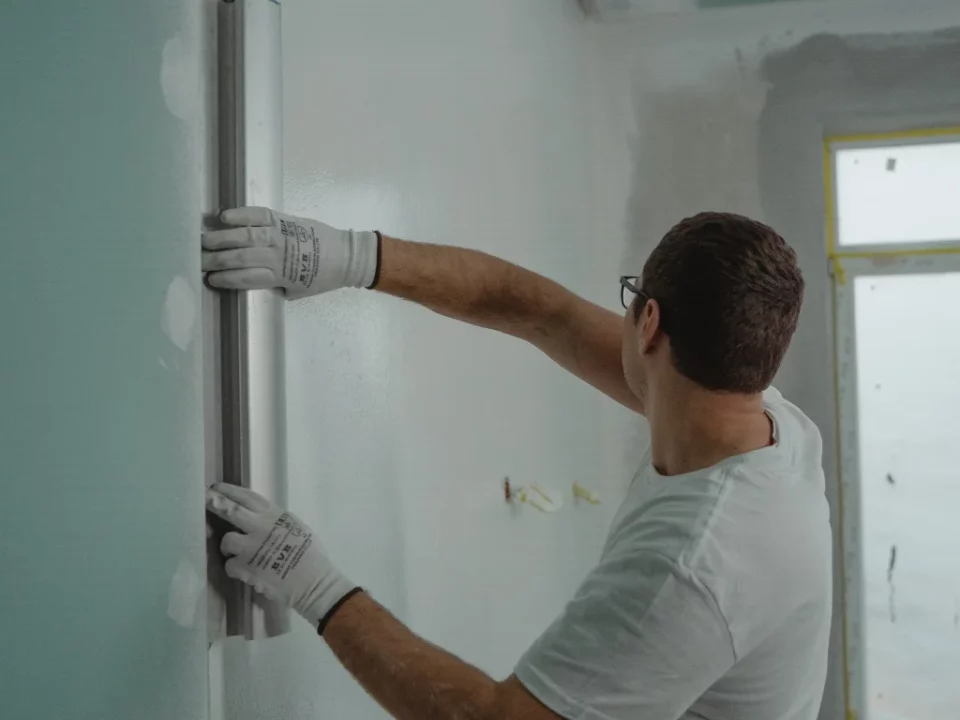Proper painting preparation is crucial to achieving a professional finish and ensuring that your home’s new paint job lasts for years. Whether you are painting the interior or exterior of your home, taking the time to prepare the surfaces and the space can make a significant difference in the final result. This painting preparation guide will walk you through the essential steps every homeowner should know to get the job done right.
Painting Preparation Guide: Gather Your Tools and Materials
Before you begin any painting project, it’s important to gather all the necessary tools and materials. This includes selecting the right type of paint for the job, as well as brushes, rollers, painter’s tape, drop cloths, and sandpaper. For outdoor projects, consider purchasing a ladder, extension poles, and protective gear, like gloves and goggles, to stay safe while working at height or around harsh chemicals.
In addition to basic supplies, it’s important to choose high-quality paint that suits the surface and environment. For example, exterior paints are formulated to withstand the elements, while interior paints are designed for indoor air quality and ease of cleaning. A proper primer is also crucial, especially when painting over dark colors or unfinished surfaces.
Painting Preparation Guide: Surface Cleaning and Repair
One of the most important aspects of painting preparation is ensuring that the surface is clean and smooth. Dust, dirt, grease, and other contaminants can prevent paint from adhering properly, resulting in an uneven finish. Start by cleaning the surfaces thoroughly with soap and water or an appropriate cleaning solution. If you are painting the exterior of your home, power washing the walls can remove dirt and grime from years of exposure to the elements.
Once the surfaces are clean, inspect them for any damage, such as cracks, holes, or peeling paint. Repairing these issues before painting is essential for achieving a smooth and professional-looking finish. For small holes, use spackle or wood filler to patch them up, and for larger cracks, use caulk or a filler that’s suitable for the material you’re working with. Sand down any rough patches to ensure a smooth surface for painting.
Taking the time to properly prepare your home before painting will pay off in the long run. Following this painting preparation guide will help ensure that the paint job not only looks great but also lasts longer. Whether you’re updating the interior or giving your home’s exterior a fresh coat, taking the right steps in preparation will make the entire process smoother and more successful.






